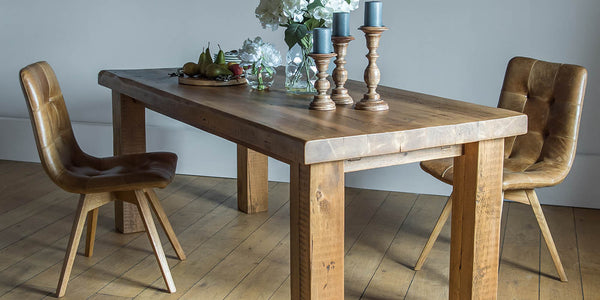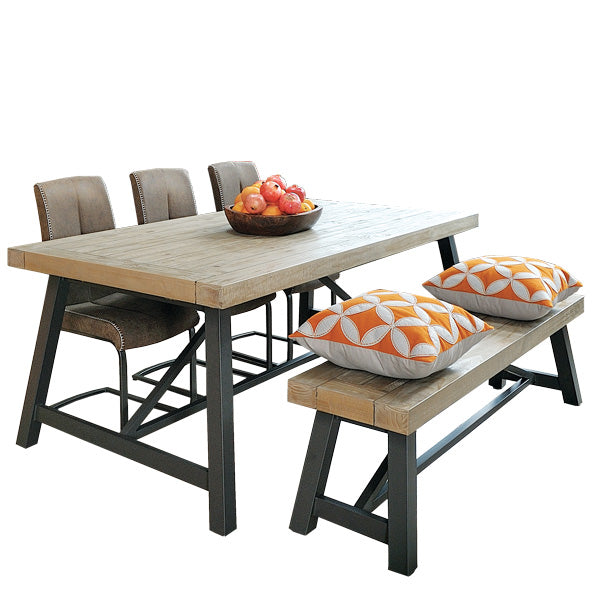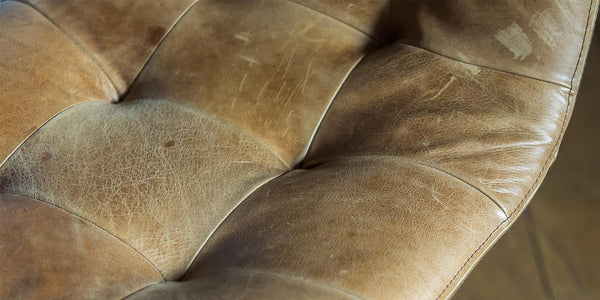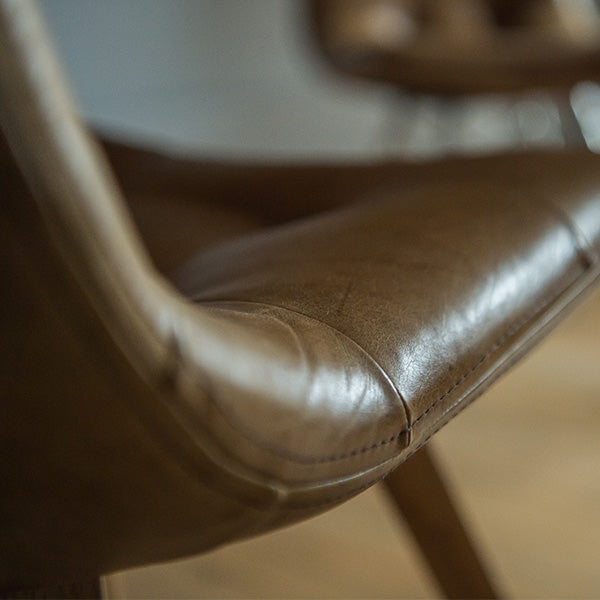
Do you opt for leather, a natural material with a unique pattern to each piece or should you rely on its hard-wearing synthetic alternative, PU leather? With pros and cons to both, we thought we would take a look but first, we asked our followers on Houzz and Instagram which option they preferred.
We Asked, You Answered
Which do you prefer, real or faux leather chairs? It is a question that proved divisive with a dead heat between real leather and faux leather but for our Instagram followers, real leather pipped faux leather into second place.
As we offer both options, we thought we would address the pros and cons of both.
1. Cost
For most of us, the cost of something is an important, if not the most important consideration when it comes to investing in an item. We want quality, but we also need to be affordable.
As a natural material, leather furniture tends to be more expensive than its synthetic counterpart. But with all the look of leather, it is hard to tell that the faux leather dining chairs teamed with your industrial dining table are not the real thing.
2. Quality
Both materials are of high quality but as you would expect, as a natural material leather is more susceptible to show signs of ‘nature’. In other words, every hide is different.
For many people, understanding where their products come from is increasingly important. Most leather is cowhide and is a by-product of the meat industry. Even with high prices, breeding cows or any other animal for their hide alone is not cost-effective – and neither is it environmentally friendly to do this.
In other words, for as long as there are cows and as long as they are bred for their beef, there will always be leather.
PU or faux leather as it is sometimes known is manufactured and as such, there is a similarity between one piece and the next. This isn’t a bad thing as some people like the look and feel of uniformity from one piece to the next.
3. Robustness
In essence, when it comes to quality, there is no clear winner but there is when it comes to hard-wearing robustness.
Unfortunately, as yet, PU leather is not as robust as leather and so, in the busy family home, you may find that leather dining chairs and sofas may hold up the rigorous of use better than its synthetic cousin. The material can be treated with a special stain repellent coating so that they remain as pristine looking for as long as possible too.
4. Finish
Over time, leather ages and takes on a something called a patina. This refers to the natural ageing process and how it affects the look and feel of the leather. Looking after it can help it to age gracefully and beautifully – but don’t worry, it takes no more than a wipe over with conditioning wipes or cream every now and then.
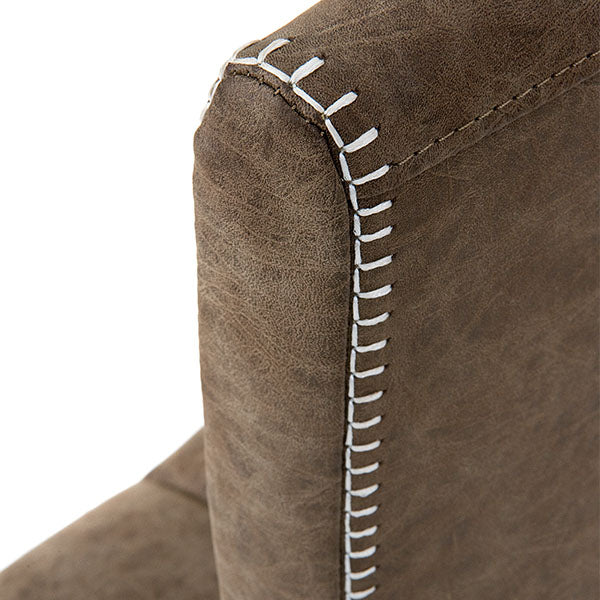
Faux leather maintains the same appearance for a long time and again, looking after it by wiping off spills and stains quickly helps it to last longer.
The process of creating faux leather produces a material that looks incredibly like its natural counterpart. It can also act like leather too but opting for leather dining chairs with your reclaimed wood dining table is a decision you won’t regret.
